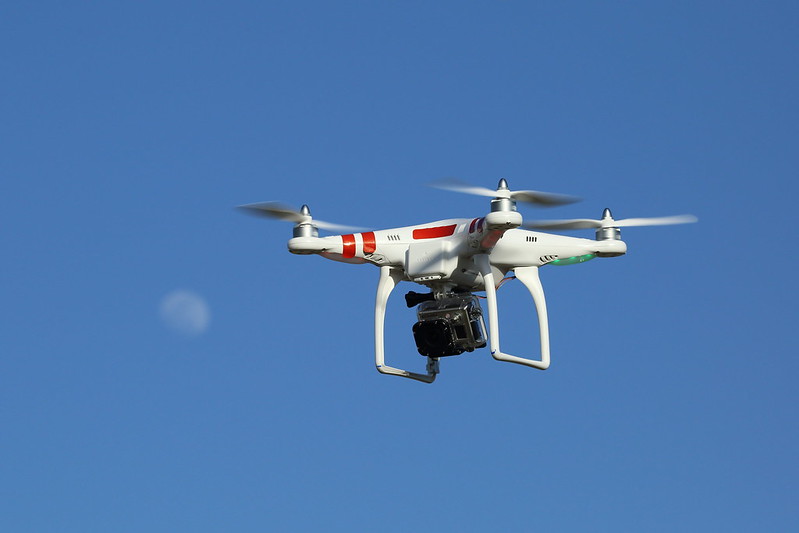
Drones have captured our imaginations with their versatility and the amazing aerial perspectives they offer. But have you ever wondered how high these unmanned aircraft can actually soar? In this blog post, we’ll delve into the fascinating world of drone altitude.
1. Regulatory Limits
Drones are subject to regulations that vary by country. In the United States, for instance, the Federal Aviation Administration (FAA) sets a maximum altitude of 400 feet (121 meters) for recreational drone flights. This limit helps maintain airspace safety.
2. Commercial vs. Recreational Drones
Commercial drones, often used for aerial photography and surveying, may be authorized by the FAA to fly above 400 feet. Special permits are required, and these drones can reach altitudes of several thousand feet. Recreational drones, on the other hand, remain restricted to the 400-foot limit.
3. The Edge of Space
Some specialized drones designed for scientific research and atmospheric studies can reach astonishing altitudes. These high-altitude drones can fly up to 70,000 feet (21,336 meters) or even higher, entering the stratosphere. They provide valuable data about our environment and the Earth’s upper atmosphere.
4. Legal Considerations
Flying drones at extreme altitudes can pose legal and safety challenges. At such heights, drones might interfere with commercial aircraft, weather balloons, and other critical airspace activities. Additionally, flying drones in controlled airspace without proper authorization can result in fines or legal consequences.
5. Technical Limitations
Drones designed for recreational use may lack the capability to reach extreme altitudes due to technical constraints. Factors like battery life, motor power, and air pressure affect a drone’s maximum height. It’s crucial to understand your drone’s limitations to ensure safe and successful flights.
6. Beyond Line of Sight
Maintaining visual line of sight is essential for responsible drone operation. At higher altitudes, it becomes increasingly challenging to keep the drone in sight, making it crucial to rely on advanced technology like GPS and telemetry systems to track its position.
7. The Future of High-Flying Drones
As technology evolves, we can expect more capable drones with extended altitude capabilities. These innovations may lead to breakthroughs in fields like meteorology, telecommunications, and surveillance, further expanding the role of drones in our lives.
Reach for the Sky Responsibly
Drones offer endless possibilities, from stunning aerial photography to scientific exploration. However, it’s essential to fly within legal limits and consider safety at all times. Whether you’re piloting a recreational drone for fun or operating a specialized high-altitude drone for research, responsible and informed flying ensures that these remarkable devices continue to enrich our lives from the sky.